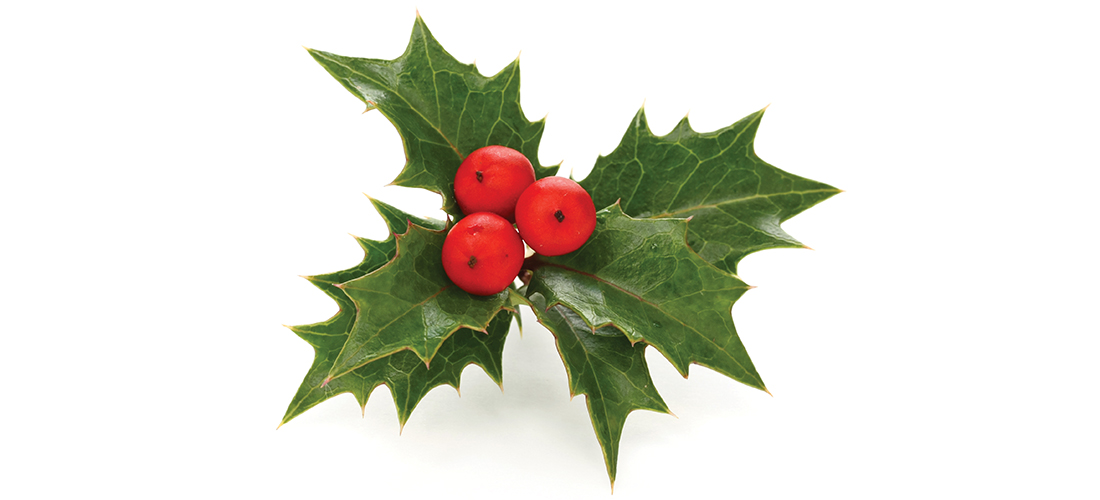Canada Goose
As days shorten, the flock grows
By Susan Campbell
That unmistakable honk overhead — we have just about all heard it lately: the tell-tale sign of fall. The aggregations ahead of winter are building. Family groups have joined and the birds are restless. As the days shorten and temperatures drop, the flocks will build. Winter is coming!
But why are there so many geese on the landscape? For two reasons: They are very good at reproducing; and the vast majority of the population statewide is now non-migratory.
The bottom line is that geese are very vigilant parents. Once a pair of Canadas has begun a family, they are a force to be reckoned with. A nest of four to seven eggs is laid in a deep nest of pine straw or grasses and lined with down plucked from the female’s breast. The eggs will be incubated nonstop during daylight hours, protected by the sitting goose as well as the gander, who is always close by. Any intruder will be heralded by the relentless vocalizing of both parents. Upon approach, any would-be predator — four-legged or two-legged — will be attacked with a furor. And it is the wings that are the weapon; not the bill.
At dusk the eggs are covered with down to keep them well hidden and warm while the parents head out to feed under the cover of darkness. After some three weeks of incubation, the goslings emerge and follow their parents to water. At this point, the young geese have very good chances of survival. Although snapping turtles and bird hawks may be a threat while the young are small, the adults are very effective at protecting the newest members of the family. They are kept on the water the vast majority of the time where four-legged predators are unlikely to attack. Once the young of the year have attained full size, there are few threats to their survival. Unless they are attacked by another goose, few other animals are likely to be a problem. As a result, these birds can live a decade or more.
The long lives and reproductive potential of geese are causing problems all over the eastern United States, and our area is no exception. We have a large population of non-migratory individuals that spend the year on our lakes, golf courses and nearby farms. They are descendants of captive-bred geese that were released for hunting sometime in the early to mid-1900s. With abundant vegetation and few threats to their survival (interest in waterfowl hunting has been on the decline), Canada goose numbers continue to grow. We do have Northern birds that spend the winter here as well but the number of “locals” is significant: some 7:1 greater than their migratory brethren.
The truth of the matter is that the year-round birds are here to stay. Action taken by municipalities is, in some cases, controlling local population growth. There are methods that, with the appropriate permits and personnel, can help. Monitoring of flocks is an integral part of the process — and so goose control is a time-consuming endeavor. There is no easy fix. Introducing mute swans to bodies of water where geese have become unwanted is ineffective and actually will cause a new problem when the swans begin to reproduce.
But the sight and sound of skeins of Canada geese in the air is magical. I will always stop and look to the sky, no matter where I am, for these majestic, enduring creatures.
Susan would love to receive your wildlife sightings and photos. She can be contacted at [email protected].


